| Brand Name: | Dimed |
|---|---|
| Type: | Laser Surgery & Therapy Equipments |
| Warranty: | 2 years |
| Portable: | Portable carry case with carton box, water proof, shock -resistant |
| Certification: | ISO 13485 |
| Place of Origin: | China (Mainland) |
| Model Number: | Harlas 15J |
| Pulse Duration: | 10 us-3 s |
| Repetition Rate: | 0.2 Hz-50 KHz |
| Size: | 230(W)*180(L)*135(H) mm |
| Operation Mode: | CW, Single or Repeat Pulse |
| Laser Type: | GaAlAs Diode Laser |
| Weight: | 3.5 kg |
Quick Details
Specifications
When should consider minimally-invasive PLDD procedure
the PLDD procedure is specifically designed and developed for the cervical and lumbar indications, including:
Cervical problems
One or more cervical disc herniations
Neck pain, shoulder pain, bilateral numbnesss,
Dizziness and other symptoms.
Lumbar problems
Restrictive disc on CT or MRI
No intervertebral calcification, free, prolapse
Straight leg elevation test positive
Six weeks of conservative treatent is invalid
the principle of PLDD
in this procedure, laser energy is transmitted through a thin optical fiber into the disc. the aim of PLDD is to vaporize a small portion of the inner core. the ablation of a relatively small volume of the inner core results in an important reduction of intra-discal pressure, thus inducing reduction of disc herniation.
PLDD is the minimally-invasive medical procedure developed by Dr. Daniel S.J. Choy in 1986 that uses a laser beam to treat back and neck pain caused by a herniated disc.
Percutaneous laser disc decompression (PLDD) is the utmost minimally invasive percutaneous laser technique in the treatment of the disc hernias, cervical hernias, dorsal hernias (except for the segment T1-T5), and lumbar hernias. the procedure uses the laser energy to absorb the water within the herniated nucleus pulposus creating a decompression.
the PLDD treatment is performed on an outpatient basis using only local anesthesia. during the procedure, a thin needle is inserted into the herniated disc under x-ray or CT guidance. An optical fiber is inserted through the needle and laser energy is sent through the fiber, vaporizing a tiny portion of the disc nucleus. this creates a partial vacuum which draws the herniation away from the nerve root, thereby relieving the pain. The effect usually is immediate.

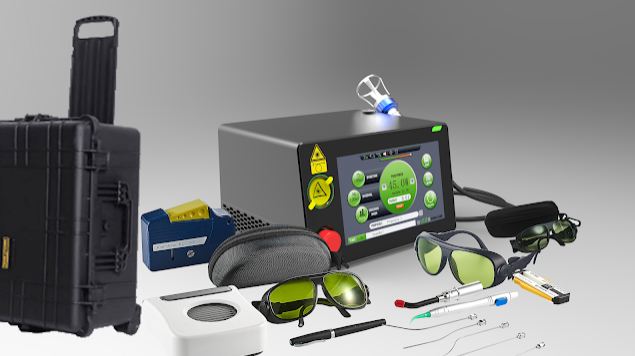
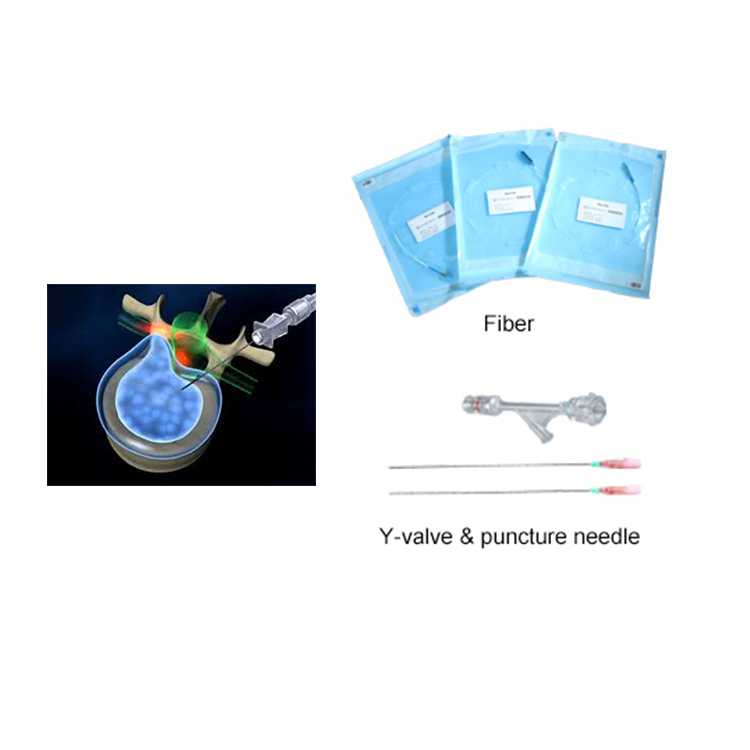
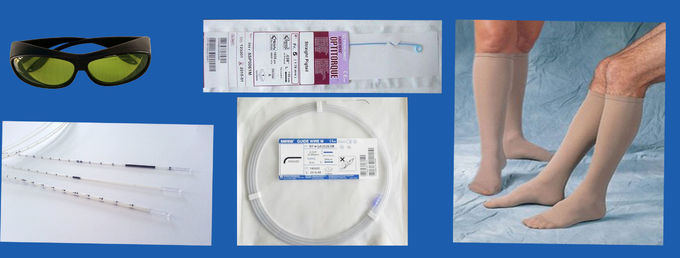
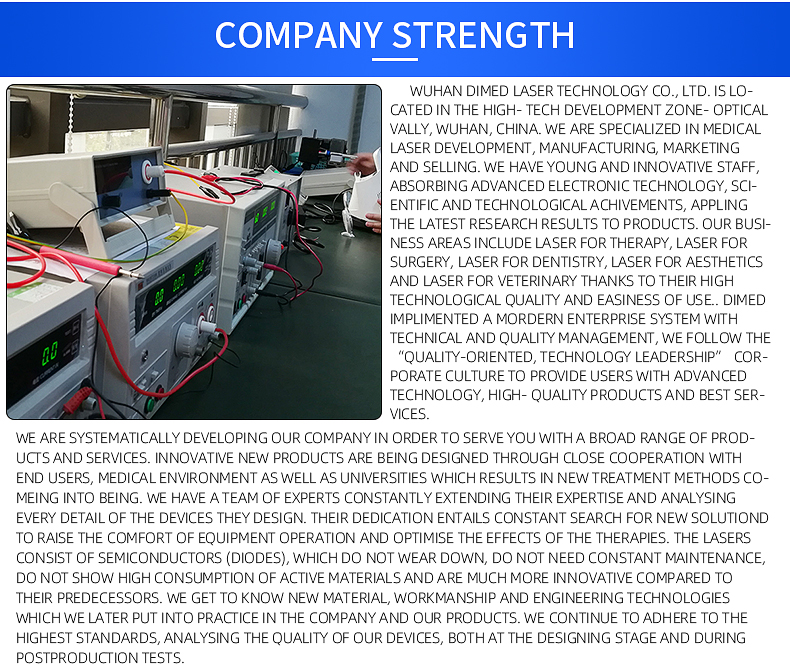

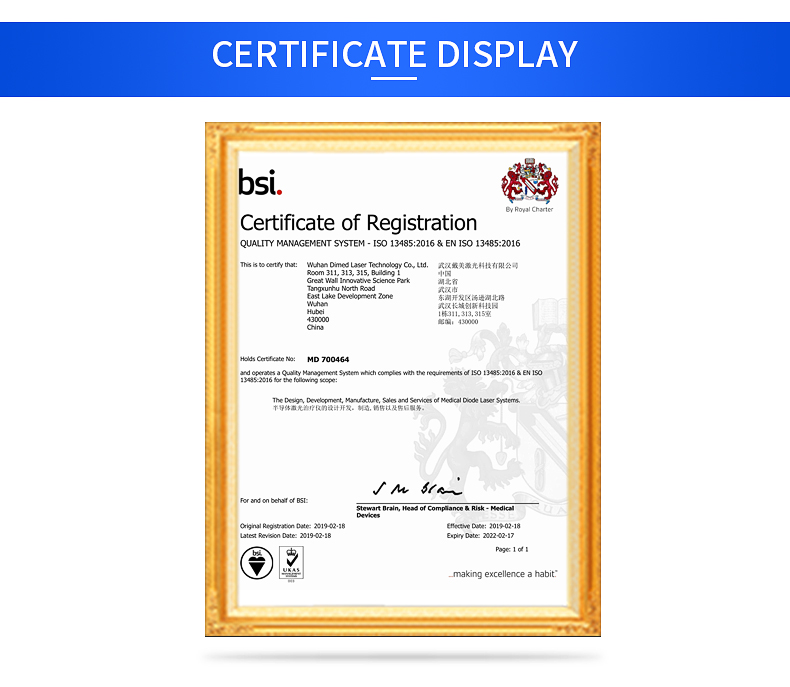
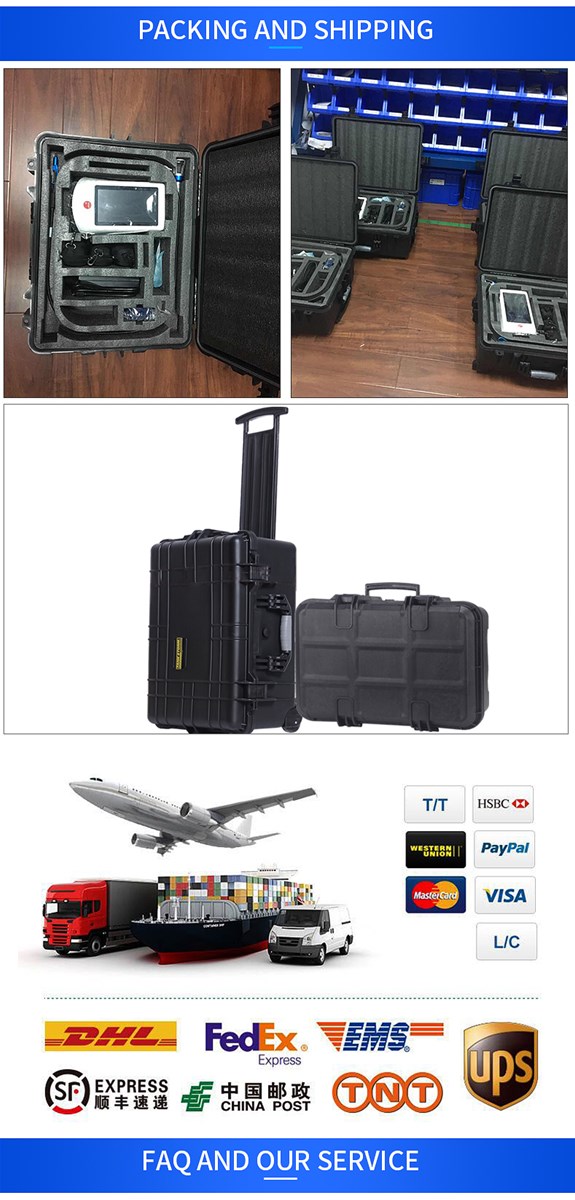

in this procedure, laser energy is transmitted through a thin optical fiber into the disc. the aim of PLDD is to vaporize a small portion of the inner core. the ablation of a relatively small volume of the inner core results in an important reduction of intra-discal pressure, thus inducing reduction of disc herniation.
PLDD is the minimally-invasive medical procedure developed by Dr. Daniel S.J. Choy in 1986 that uses a laser beam to treat back and neck pain caused by a herniated disc.
Percutaneous laser disc decompression (PLDD) is the utmost minimally invasive percutaneous laser technique in the treatment of the disc hernias, cervical hernias, dorsal hernias (except for the segment T1-T5), and lumbar hernias. the procedure uses the laser energy to absorb the water within the herniated nucleus pulposus creating a decompression.
the PLDD treatment is performed on an outpatient basis using only local anesthesia. during the procedure, a thin needle is inserted into the herniated disc under x-ray or CT guidance. An optical fiber is inserted through the needle and laser energy is sent through the fiber, vaporizing a tiny portion of the disc nucleus. this creates a partial vacuum which draws the herniation away from the nerve root, thereby relieving the pain. The effect usually is immediate.



